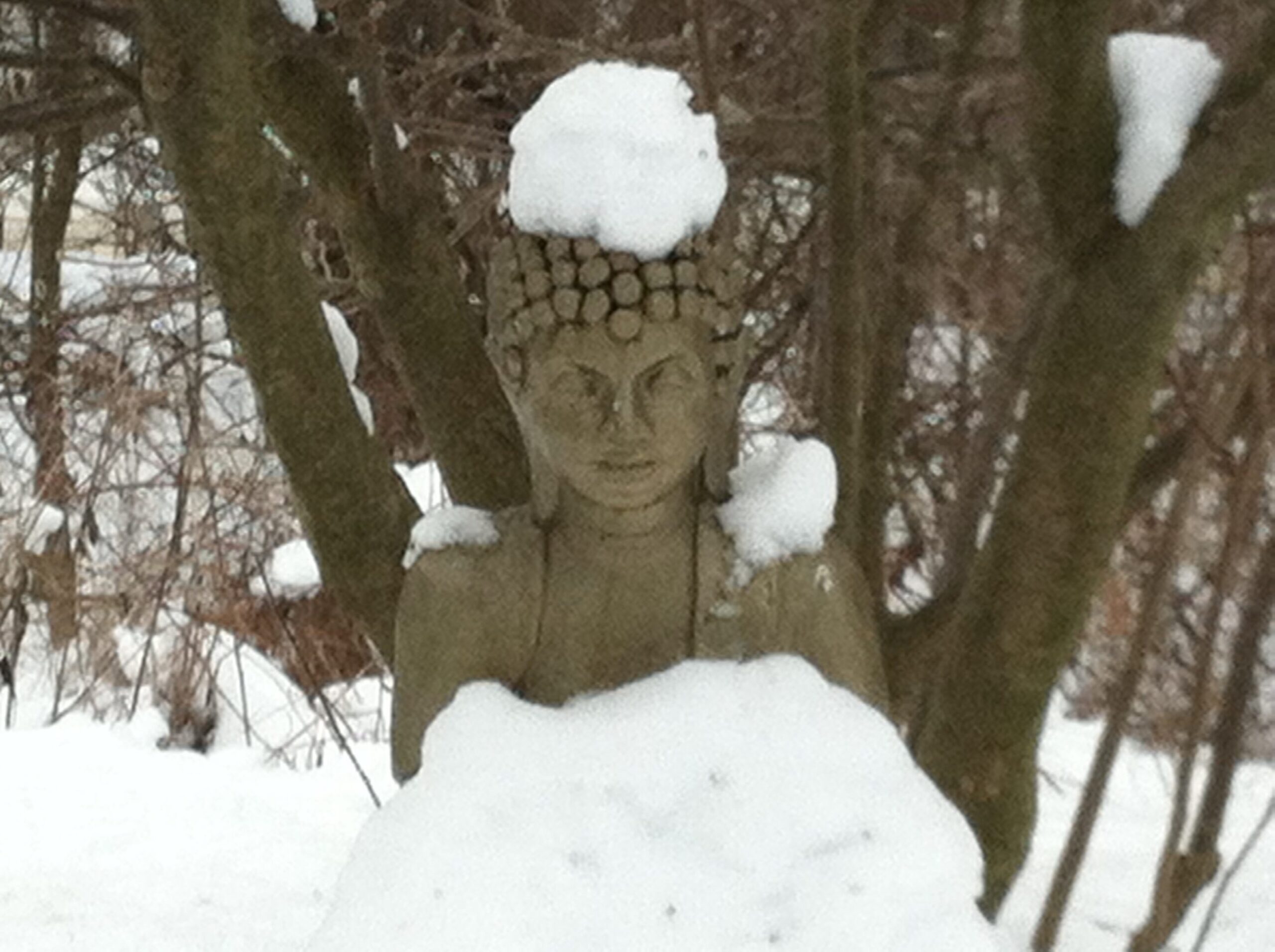A vintage dharma quote popped up in my Facebook feed this morning with what turns out to be an excellent suggestion for constructive use of our social distancing time now that covid-19 has been declared a global pandemic and we are all urged to stay home to help contain it (though if you are a healthcare or other essential worker, overwhelmed with WFH, or have kids home from school, you may have to find your moments). As dharma practitioners, this may be the very best thing we can do with whatever extra time we have:
I feel that it is absolutely important to make the practice of meditation your source of strength, your source of basic intelligence. Please think about that. You could sit down and do nothing, just sit and do nothing. Stop acting, stop speeding. Sit and do nothing. You should take pride in the fact that you have learned a very valuable message: you actually can survive beautifully by doing nothing.
Chogyam Trungpa Rinpoche, Journey without Goal
A message also came in from Mingyur Rinpoche via his Tergar Learning Community (which offers fabulous online courses, in case you do have some extra time).
Mingyur Rinpoche’s video is below, but here are the highlights for easy reference:
- The most important aspect of our response to cornavirus / covid-19 is how we think about it. As meditators, even as we follow advice for limiting risks, we can see also see our situation as an opportunity to pay attention to our emotional responses, such as fear and anxiety, and use them as supports for our practice.
- We can recognize the ups and downs of our emotions as being like waves on the ocean (or like the ups and downs of the stock market, a particularly apt, real-time example that he sometimes uses but didn’t today).
- Most important: don’t give up. Recognize that we have the capacity to weather this situation by tuning into our innate wisdom, love, compassion, awareness, and skills, and applying them.
- Listen to the advice of medical experts and public health organizations. In particular, we should wash our hands, get plenty of rest and exercise, and meditate.
- We can use any meditation technique we know, such as watching the breath.
- We can do a body scan, especially when we are beset by anxiety, worry, or panic. If our discomfort seems to get worse as we tune into the feelings and tensions in our body, he assures us that it’s ok and even a good sign. He has said elsewhere that this is normal when we begin to noticing what’s happening in our mind and body, and will subside if we just continue meditating. [Note: If it’s triggering past trauma, that’s a different situation and it’s ok to stop and/or do a different meditation.]
- See our awareness as like the sky, and worry, thoughts and anxiety as like clouds that come and go.
- Be carefree, but not careless. We can let go of anxiety even as we try our best to follow current medical advice.
- We can put anxiety, worry and panic to work as supports for our meditation:
- We can watch panic in the same way we watch our breath.
- We can take others’ worry into our own worry and make the wish, “May my worry represent all beings’ worry, and may all beings be free of anxiety, obstacles, and suffering.” In this way, anxiety transforms into love and compassion.
- It is also helpful to remember that both anxiety and the causes of anxiety are impermanent, and the nature of impermanence is emptiness.
Meanwhile, here’s the latest advice from the World Health Organization:
Previous posts on how to bring fear onto the path:
Part 1: The four ends
Part 2: Mind training in two words: “others first”
Part 3: How to live and how to die
Part 4: “If it’s better for me to be ill…”
Other related posts:
18 ways to catch ego-clinging in the act!
From Gampopa’s Ornament of Precious Liberation: Impermanence of the composite
A beautiful day in New Hampshire: In a Nutshell
From the 37 practices: Verse 4: to let go of attachment to this life
Ways to work with fear itself: Some Buddhist ways to work with emotional overwhelm
Bonus reminder from Western literature: Ozymandias
